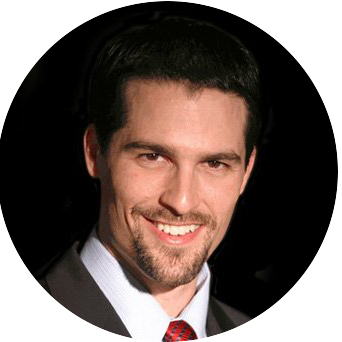
The Roth IRA changed the whole retirement savings perspective. Since its introduction, it has become a fixture in many retirement planning strategies.
The key argument for going Roth can be summed up in a sentence: Paying taxes on retirement contributions today is better than paying taxes on retirement savings tomorrow.
Here is a closer look at the trade-off you make when you open and contribute to a Roth IRA – a trade-off many savers are happy to make.
You contribute after-tax dollars. You have already paid federal income tax on the dollars going into the account. But, in exchange for paying taxes on your retirement savings contributions today, you could potentially realize great benefits tomorrow.
You position the money for tax-deferred growth. Roth IRA earnings aren’t taxed as they grow and compound. If, say, your account grows 6% a year, that growth will be even greater when you factor in compounding. The earlier in life that you open a Roth IRA, the greater compounding potential you have.
You can arrange tax-free retirement income. Roth IRA earnings can be withdrawn tax-free as long as you are age 59½ or older and have owned the IRA for at least five tax years. The IRS calls such tax-free withdrawals qualified distributions. They may be made to you during your lifetime or to a beneficiary after you die. (If you happen to die before your Roth IRA meets the 5-year rule, your beneficiary will see the Roth IRA earnings taxed until it is met.)
If you withdraw money from a Roth IRA before you reach age 59½ or have owned the IRA for five tax years, that is a nonqualified distribution. In this circumstance, you can still withdraw an amount equivalent to your total IRA contributions to that point, tax-free and penalty-free. If you withdraw more than that amount, though, the rest of the withdrawal may be fully taxable and subject to a 10% IRS early withdrawal penalty as well.
Withdrawals don’t affect taxation of Social Security benefits. If your total taxable income exceeds a certain threshold – $25,000 for single filers, $32,000 for joint filers – then your Social Security benefits may be taxed. An RMD from a traditional IRA represents taxable income, which may push retirees over the threshold – but a qualified distribution from a Roth IRA isn’t taxable income, and doesn’t count toward it.
How much can you contribute to a Roth IRA annually? The 2016 contribution limit is $5,500, with an additional $1,000 “catch-up” contribution allowed for those 50 and older. (The annual contribution limit is adjusted periodically for inflation.)
You can keep making annual Roth IRA contributions all your life. You can’t make annual contributions to a traditional IRA once you reach age 70½.
Does a Roth IRA have any drawbacks? Actually, yes. One, you will generally be hit with a 10% penalty by the IRS if you withdraw Roth IRA funds before age 59½ or you haven’t owned the IRA for at least five years. (This is in addition to the regular income tax you will pay on funds withdrawn prior to age 59 1/2, of course.) Two, you can’t deduct Roth IRA contributions on your 1040 form as you can do with contributions to a traditional IRA or the typical workplace retirement plan. Three, you might not be able to contribute to a Roth IRA as a consequence of your filing status and income; if you earn a great deal of money, you may be able to make only a partial contribution or none at all.
A chat with the financial professional you know and trust will help you evaluate whether or not a Roth IRA is right for you given your particular tax situation and retirement horizon.

About the Retirement Financial Advisor
Robert Pagliarini, PhD, CFP® is passionate about helping retirees build the retirement of their dreams. He has nearly three decades of experience as a retirement financial advisor and holds a Ph.D. in retirement planning. In addition, he is a CFP® Ambassador, one of only 50 in the country, and a fiduciary. His focus is on how to help make retirement portfolios last decades while providing a steady source of income. When he's not helping people plan their retirement, he might be traveling or writing his latest book. If you would like a second opinion to see if your retirement financial plan will keep you comfortable and secure, contact Robert today.



